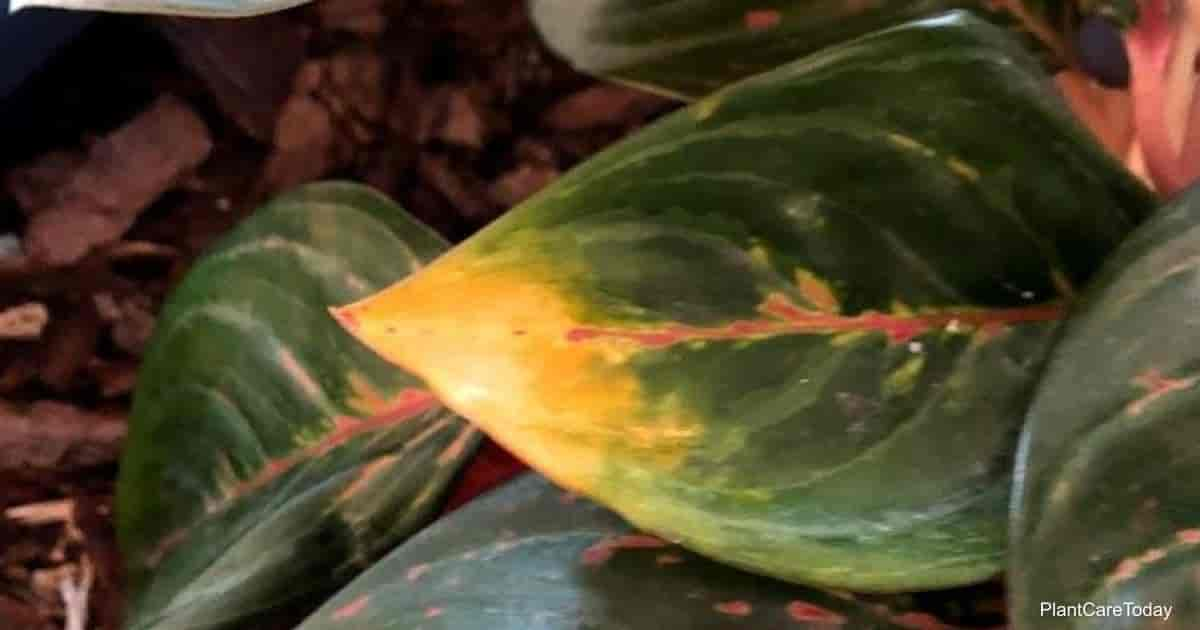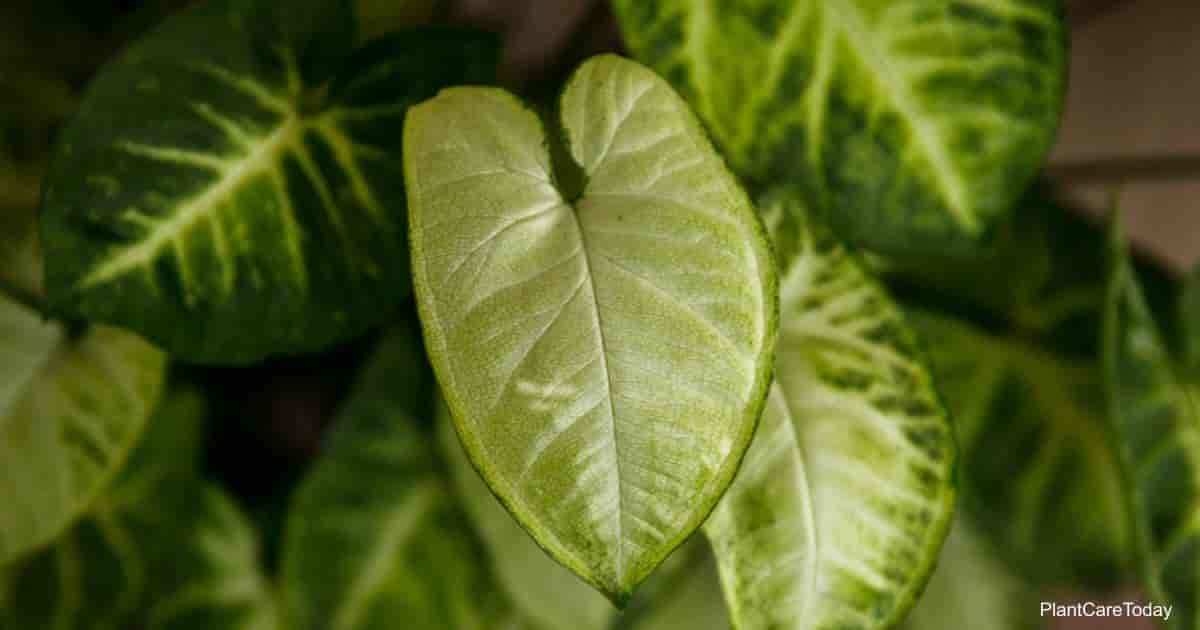Monstera deliciosa [mon-STER-uh] [de-lis-ee-OH-suh] is a beautiful flowering plant with iconic split leaves that belongs to the family of Araceae.
This plant lives in the tropical forests of Mexico but has since become an invasive species in Hawaii, Seychelles, Ascension Island, and the Society Islands.
The botanical name for the plant’s a reference to the monstrous (monstera plant & monstera leaf) size of the plant and the delicious (deliciosa) taste of the fruit it grows.
It’s common names include:
- Swiss Cheese Plant (Monstera adansonii)
- Split Leaf Philodendron
- Mexican Breadfruit
- Fruit Salad Tree
Monstera Deliciosa Plant Care
Size and Growth
This tropical plant can grow up to a staggering height of 60′ feet in the wild.
The leaves are 10″ – 35″ inches long and 10″ – 29″ inches wide.
However, when grown as indoor plants they grow between 6’ – 9’ feet tall with 3’ feet long leaves.
This plant needs abundant space to grow, give it plenty of room instead of confining it to corners or windowsills.
Flowering and Fragrance
This plant flowers in the wild, though rarely in cultivation unless the environment mimics its natural habitat.
It blooms with white-colored flowers which have a spadix in the center.
It’s also known to bear edible fruit resembling sweet corn in appearance.
Light and Temperature
You’ll need to find a healthy balance between sunlight and shade for your Swiss Cheese plant.
If you give it too much sun, the leaves will start to turn yellow.
While it can tolerate low light, if you leave it in the dark, the new leaves will begin growing towards the dark instead of the light.
This is known as negative phototropism.
Giving your plant steady and bright indirect light is the best option.
Too much direct sunlight may cause the leaves to burn.
This plant prefers high humidity and temperatures between 68° – 86° degrees Fahrenheit (20° C – 30° C) is hardy to grow in USDA zones 10 to 11.
It will stop growing in environments below 50° degrees Fahrenheit (10° C).
Watering and Feeding
The Swiss Cheese plant is fairly drought tolerant, so you won’t need to worry about it too much.
While you shouldn’t let the soil dry out completely, wait until at least the top inch or two have dried before you water again.
Mist the leaves from time to time to increase the humidity around the plant as this plant needs average to high levels of room humidity.
However, these plants are sensitive to overwatering and shouldn’t stand in water as it can cause root rot.
Feed your Swiss Cheese plant once a month during the spring and summer with a balanced fertilizer.
This encourages root health and healthy growth.
You don’t need to apply fertilizer during winter months.
Soil and Transplanting
This plant prefers well-draining, rich, and loose soil.
Equal parts of garden soil and compost make an ideal solution.
Use a pot with drainage holes to ensure there isn’t any excessive moisture.
The Swiss Cheese plant will likely outgrow its pot every 2 years.
Once this happens, transplant your Swiss Cheese plant by moving it to a bigger pot.
Grooming and Maintenance
If you want to curb your plant’s excessive growth, prune it regularly by pinching off the new growth.
The leaves of your plant might accumulate dust over time, use a wet sponge or paper towel to wipe off any debris or dust.
How to Propagate Monstera Plants
Swiss Cheese plant propagates using stem cuttings.
- Take a cutting from below an aerial root at the node of the plant.
- Place it 1” – 2” inches deep in your potting.
- Ensure the soil is nice and moist.
It will take a few weeks to take root after repotting.
In the wild these tropical plants grow up trees and other plants for assistance.
Consider using a small trellis or moss pole for them to grow with.
“Split Leaf Philodendron” Pests and Disease Problems
This plant’s relatively resistant to pests; however, it’s susceptible to some unpleasant symptoms if not given the proper attention and environment.
Yellowing leaves are a sign of overwatering or underfeeding while browning of the leaves means the air is too dry for the plant.
If your leaves aren’t forming the signature slits or holes, you haven’t given your plant enough water, food or light.
All of these symptoms are treated by giving your plant the proper attention it needs and adjusting your care habits accordingly.
Do not to eat the fruit before it’s ripe, this can cause mouth, stomach irritation, and vomiting.
Monstera leaves and roots are toxic to dogs, cats, and people due to the calcium oxalates in the sap.
Keep the beautiful green leaves of your new plant in a room secluded from your pets if they’re known to eat on greenery.
Suggested Uses for Swiss Cheese Plant
This is a great statement houseplant and is frequently grown as interior decoration in buildings.
This plant also has medicinal uses.
A root infusion is used in Mexico to help relieve arthritis and in parts of Martinique, the root is used as a remedy for snakebite.
The aerial roots of the plants are sometimes used to make goods such as ropes or baskets.
Credit : Gary Antosh (https://plantcaretoday.com/monstera-deliciosa.html)





